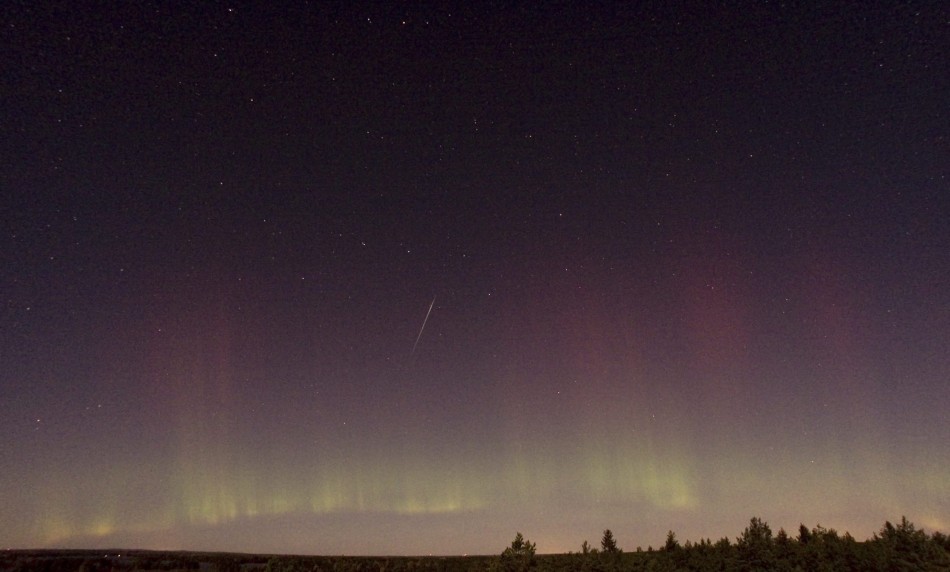Draconid Meteor Shower Lights up Saturday Sky (PHOTOS)
The Draconid Meteor Shower, an astronomical phenomenon, dazzled the skies (particularly over the Middle East, North Africa and parts of Europe), for the first time since August, 2005. Unfortunately, the full brilliance of the 2011 showers were, perhaps, obscured by the presence of a full moon, according to a report in a Washington Post blog.
The shower, usually, limits itself to only a few meteors every hour. However, this time around it was, apparently, a real spectacle. According to NASA, the showers reached "storm" intensity of approximately 1,000 meteors per hour!
If you were impressed with that statistic, you might be interested to know that in 1933 and 1946, meteor storms of 10,000 meteors per hour were observed. Lesser outbursts were seen in 1985, 1998 and 2005.
"Meteor showers are as difficult to predict as rain showers," said astronomer Paul Wiegert of the University of Western Ontario, who estimated the Draconids to peak at 1,000 meteors per hour this year, "The Draconids have surprised us before, and they may do so again. I'd encourage anyone outside on the night of October the 8th to look to the northern skies, just in case."
Best of all, perhaps, if you missed the Oct. 8 showers, you can still catch the Orionid (remnants of Halley's Comet) shower, on Oct. 22.
Check out a photograph, taken north of Stockholm.

© Copyright IBTimes 2024. All rights reserved.





